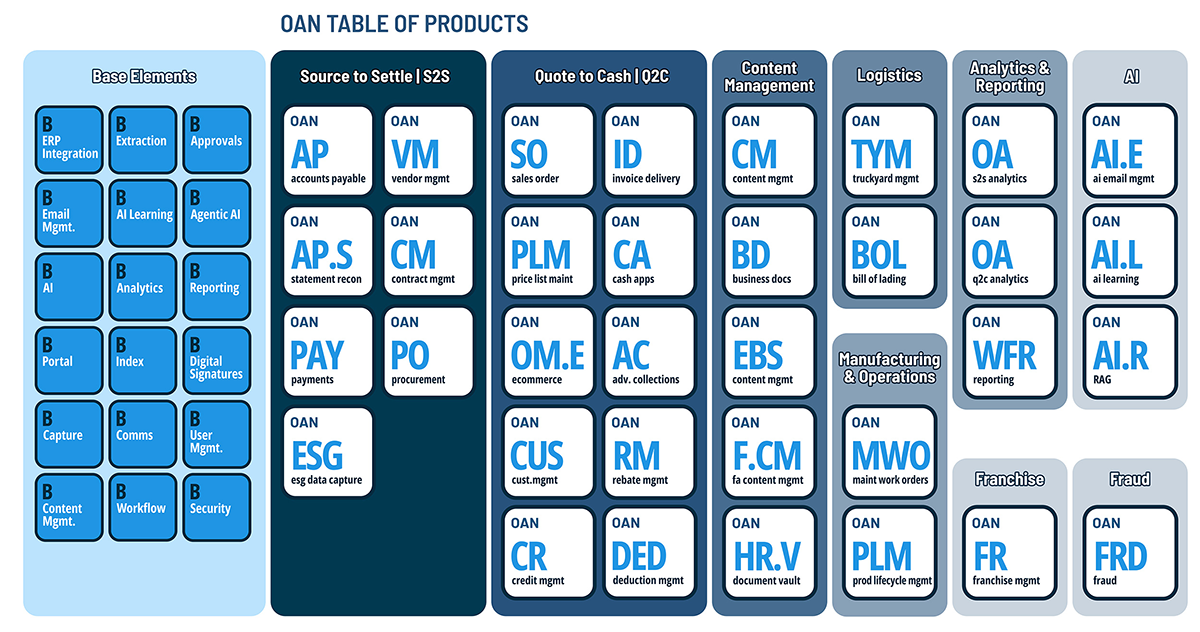In today’s volatile economic climate, traditional cash forecasting methods are no longer sufficient. Finance teams face increased uncertainty from inflation, supply chain instability, currency fluctuations, and rapidly shifting customer behavior. To maintain control and strategic foresight, CFOs must move beyond static, spreadsheet-based forecasts toward intelligent, dynamic models.
This is where artificial intelligence (AI) is reshaping the forecasting landscape. By automating data capture, improving forecast accuracy, and enabling real-time scenario planning, AI-driven cash forecasting offers CFOs the visibility and resilience necessary to navigate uncertainty—and lead with confidence.
The Limitations of Traditional Cash Forecasting
Conventional forecasting methods rely heavily on historical data, static assumptions, and manual inputs across fragmented systems. This approach may suffice in stable environments, but it breaks down in times of rapid change. Manual forecasting processes are:
- Time-consuming: Finance teams spend significant time aggregating data from ERP systems, bank statements, AR/AP ledgers, and spreadsheets.
- Inaccurate: Static models fail to account for unexpected changes in customer payments, vendor terms, or supply disruptions.
- Reactive: By the time forecasts are compiled, the insights are often outdated.
- Siloed: Data is rarely standardized across departments, creating version-control issues and limiting strategic alignment.
These challenges prevent CFOs from answering essential questions: How much cash will we have next week? What if sales drop 10% this quarter? Can we support a new capital investment or renegotiate with a supplier?
AI transforms the cash forecasting process from a retrospective reporting approach to a forward-looking decision support system.
How AI Elevates Cash Forecasting
1. Automated Data Integration
AI-enabled forecasting platforms connect to multiple internal and external data sources in real time—including ERP systems, bank APIs, treasury platforms, procurement systems, and CRM platforms. This eliminates the need for manual data gathering and reduces the risk of human error. AI also normalizes disparate formats and categorizes transactions for greater consistency and accuracy.
2. Enhanced Forecast Accuracy
Machine learning models can analyze historical payment behavior, seasonal trends, invoice aging patterns, and customer-specific nuances to predict future cash flows more accurately than traditional methods. AI continuously learns from actual vs. predicted results, refining its models with each cycle.
For example, an AI system might detect that specific customers consistently delay payments during Q4 due to budget constraints, and adjust cash inflow projections accordingly—something that static models typically miss.
3. Real-Time Scenario Modeling
AI facilitates rapid “what-if” analyses across hundreds of variables. CFOs can instantly assess the cash flow impact of supplier disruptions, sales fluctuations, or FX rate changes. These dynamic simulations allow leadership teams to plan proactively, rather than react defensively.
4. Exception Detection and Anomaly Alerts
AI doesn’t just predict cash positions; it flags unusual transactions, duplicate payments, or unanticipated liabilities that may compromise liquidity. These proactive alerts enable finance teams to intervene before minor issues escalate into material risks.
5. Increased Forecast Frequency and Granularity
AI allows organizations to move from monthly or weekly forecasting to daily or even intraday projections—without overburdening finance teams. This granularity is crucial for businesses with limited working capital or global operations that are affected by time-zone-sensitive cash movements.
The Strategic Benefits for CFOs
The transition to AI-powered forecasting is not only a technological upgrade; it’s a strategic imperative. Key benefits include:
- Improved Liquidity Management: Better forecast precision enables CFOs to optimize borrowing, maximize yield on surplus cash, and avoid unnecessary short-term financing.
- Operational Resilience: Real-time visibility into cash positions allows faster responses to disruptions, supplier risk, or demand volatility.
- Enhanced Stakeholder Confidence: Accurate forecasts backed by data science provide boards, auditors, and investors with greater confidence in financial projections.
- Cross-Functional Alignment: With a centralized, AI-powered forecasting platform, procurement, treasury, and FP&A teams can align decisions around shared cash visibility.
- Resource Optimization: Automation frees up finance talent from low-value data compilation, enabling them to focus on strategic planning and risk management.
Overcoming Barriers to Adoption
While the advantages are clear, many organizations hesitate to adopt AI in finance due to concerns about legacy systems, data silos, or change management. Overcoming these barriers requires:
- Modernizing core infrastructure to ensure data interoperability across AP, AR, treasury, and ERP systems.
- Standardizing data definitions and mapping protocols to ensure accurate model training and forecasting logic.
- Educating finance staff on the role of AI as a collaborative tool—not a replacement—for financial insight.
- Establishing clear governance frameworks to ensure accountability, auditability, and transparency in AI-driven decision-making.
Building a Foundation for AI-Driven Forecasting
AI cannot function without clean, connected, and contextually rich data. That’s why CFOs should prioritize:
- Robust data integration strategies that centralize financial and operational inputs.
- Implementation of finance automation tools across AP, AR, and procurement functions to eliminate manual bottlenecks.
- Collaboration with IT and data teams to ensure model reliability, privacy compliance, and business alignment.
Rethinking the Forecasting Function
The shift from traditional to AI-driven forecasting mirrors a broader evolution in finance: from transactional to strategic, reactive to predictive. In this new paradigm, the CFO becomes not just the guardian of liquidity—but the architect of resilience.
AI enables this transformation by providing the tools to understand cash flows in real time, test strategic scenarios before they unfold, and respond faster than the competition.
A Future-Ready Forecasting Strategy
As uncertainty becomes the norm, CFOs must lead with tools that turn complexity into clarity. AI-enhanced cash forecasting offers the precision, agility, and foresight required to support enterprise growth while mitigating risk.
oAppsNET supports finance transformation by helping organizations streamline core financial processes and prepare their data infrastructure for intelligent forecasting. By empowering AP, AR, and procurement automation, we help lay the foundation for more innovative, more connected cash strategies. Reach out to us today.

